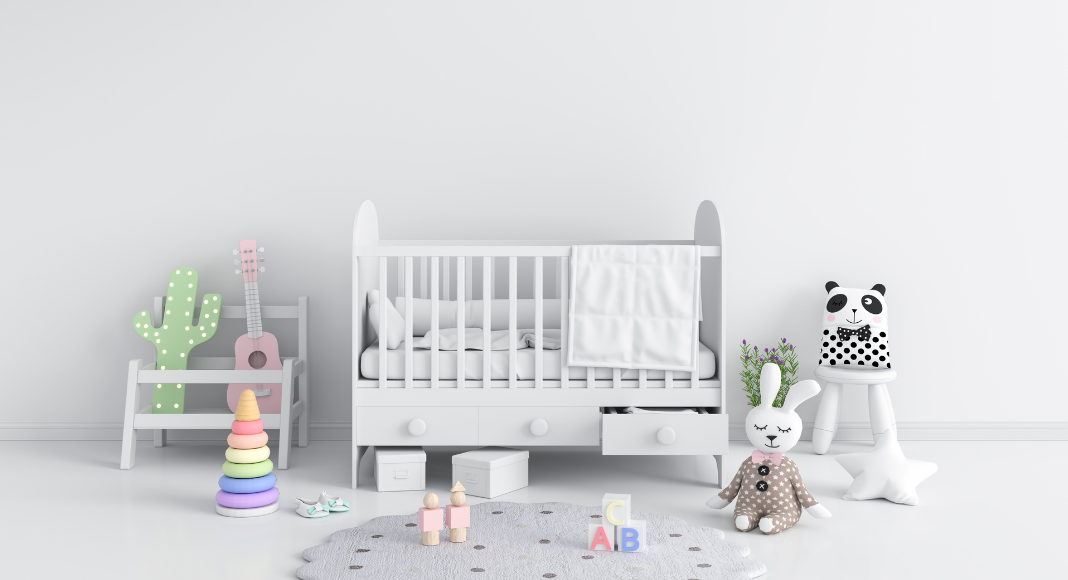 When bringing home a new baby, it can feel like there are a million things to learn and remember. Although in most cases there is no one “right” way to parent, when it comes to baby safety, there are several situations we all need to avoid or require adherence to clear rules. Most safety mistakes made by parents and caregivers are not intentional. Some occur due to pure exhaustion or desperation, while others may be due to simply being innocently unaware of the risk at hand.
When bringing home a new baby, it can feel like there are a million things to learn and remember. Although in most cases there is no one “right” way to parent, when it comes to baby safety, there are several situations we all need to avoid or require adherence to clear rules. Most safety mistakes made by parents and caregivers are not intentional. Some occur due to pure exhaustion or desperation, while others may be due to simply being innocently unaware of the risk at hand.
Thanks to large public health projects such as the Back to Sleep campaign, we may be more aware of certain baby safety rules. However, there are several other mistakes you or your loved ones could be making that put your little one at risk. Here are six possibly less well-known baby mistakes you’ll want to avoid.
Crib Bumpers
We’ll start with one of my biggest baby safety pet peeves – crib bumpers. Years ago, crib bumpers were created to help prevent head entrapment when cribs were manufactured with slats much further apart. Bumper pads have since been implicated as a factor contributing to suffocation, entrapment, and strangulation. Newer safety standards exist, so head entrapment between slats is no longer a concern. Crib bumpers are not recommended for infants due to the risk, and I honestly cannot understand how they are still manufactured.
Sleeping in a Swing or Inclined Seat
Many parents think keeping a baby at an incline can decrease spitting up and lead to better sleep; however, this comes with a risk. Young infants have poor head control and can slouch when at an incline, tucking their head to their chest. This can close the airway. If the caregiver is nearby, they can notice and readjust the baby. Having a baby secured in a swing or seat is often felt like a safe place and used as an opportunity to move about and do other things.
Putting a baby to sleep on her back, on a firm, flat surface is one of the major recommendations out of the Back to Sleep campaign. Since the start of this program in 1994, rates of SIDS (Sudden Infant Death Syndrome) have decreased by almost 50%. A huge win for baby safety. Unfortunately, SIDS and other sleep-related infant deaths remain the leading cause of death in the US for infants 1 month to 1 year of age.
Walkers
Next up is another product that is shockingly still on the market – baby walkers. Baby walkers have led to thousands of injuries and some deaths in infants. These bad outcomes are not indicative of inattentive parents. A walker moves at a speed of 3 feet per second – it is very easy to look away for a short time period. Walkers allow a baby to be in an upright position where he may be able to quickly reach up to a counter or stove that would typically be out of reach. Common injuries include head/neck injuries, fractures, burns, poisoning, and drowning. Safety standards have been updated, leading to decreased injuries; however, infants continue to be treated in the Emergency Room for walker-related injuries each year.
Incorrect Babywearing Position
I am a huge fan of babywearing. This was truly a lifesaver with my own babies and allowed me to feel close to them while occasionally accomplishing other things – keeping us both happy! However, if you are planning to wear your baby – whether it is a structured carrier, woven wrap, or anything in between – there are some very important baby safety rules to be aware of. 1) Wrap baby tight and support his back. Keeping your infant tight to your chest will prevent him from slumping down into the carrier and hinder their breathing. This can also prevent pulling on your back to help you avoid back pain. 2) In view at all times. When you look down, you should always be able to see the baby’s face. 3) Close enough to kiss. Baby’s head should be up as close to your chin as possible. 4) Keep chin off chest. Again, avoiding any risk of closing off his airway.
The other baby safety concern with babywearing has to do with his hips. It is important to keep the baby in the M-position with legs bent up, so the knees are higher than the hips. This is a natural position for a baby and can be beneficial for normal hip development. If an infant is worn for long periods of time in the incorrect position, this can increase the risk of hip dysplasia – an abnormal development of the hip joint.
Crib Placement
Avoid placing the baby’s crib next to a window. There are multiple reasons for this. One consideration is that blinds can have cords that are a strangulation risk. When she is bigger, the baby can also pull on blinds or curtains and cause them to fall, potentially leading to harm. A climber can climb out of a crib, so there is also the potential she could fall out the window. Windows can also be drafty, causing the baby’s temperature to drop. Alternatively, sunlight can peek through the curtains. Prolonged exposure could cause risk to a young infant.
Another important point is to avoid keeping the baby monitor next to the crib within the baby’s reach. This is again due to the risk of strangulation.
Going Down the Slide Together
Going down the slide at the playground with a child on your lap seems to be a quite common baby safety mistake. Often we just want our child to have fun, but whatever the reason, this is not a risk you want to take. While going down the slide, your child’s shoe can get stuck on the side. The force from the extra weight of an adult coming down with them can cause the child to move down the slide while the shoe stays put. This can lead to an unfortunate, avoidable fracture. Let her play on the slide by herself or head to the baby swings instead.
For more information on how to keep your baby and older children safe, you may visit HealthyChildren.org (powered by the American Academy of Pediatrics) or the Safety Store at Riley Children’s Hospital for many in-person, online, or over the phone safety resources.








